Sitting in the National Concert Hall, you would would never think it was used for anything else besides music. However, it was home to UCD students for many years of its history.
In May 2007, the last medical and engineering students made the journey from Earlsfort Terrace to the Belfield Campus. The Terrace transferred to the National Concert Hall, for major redevelopment as a multipurpose concert venue.
A book was also published to mark the occasion of UCD’s departure from Earlsfort Terrace. It was edited by UCD School of History and Archives teacher, Dr Niamh Puirséil, and the curator of Newman House, Ruth Ferguson.
To commemorate 124 years of UCD at Earlsfort Terrace, a series of events took place in celebration of the remarkable achievements of the staff and students.
Many readers will have fond memories of ‘The Terrace’ and of their student days there. Today, it has a special resonance as a centre of musical excellence.
The National Concert Hall (NCH), or An Ceoláras Náisiúnta, is often described as “the home of music in Ireland”, and the breadth of its coverage means that, in its various settings, it hosts some 1,000 events each year.
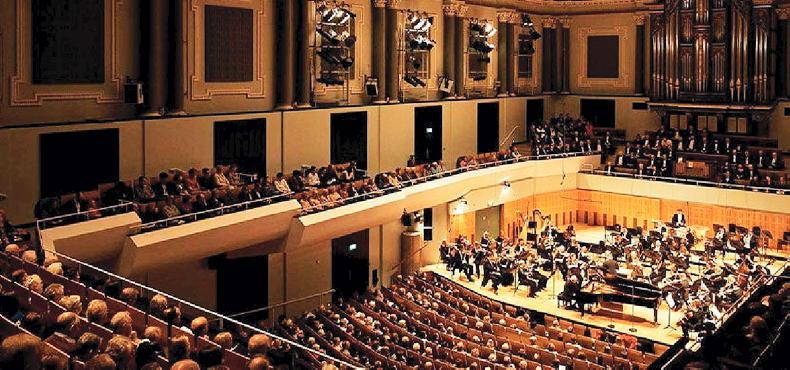
National Concert Hall Dublin
Originally built for the Dublin International Exhibition of Arts and Manufactures of 1865, it became the central building of UCD at its foundation in 1908. When UCD began to relocate to Belfield in the 1960s, part of the building was converted, and reopened as the NCH in 1981.
The history dates back to 1865 when it was originally known as the Exhibition Palace. The Guinness Family purchased it six years later, agreeing that ‘popular entertainment’ would continue there for a further decade. Indeed, on its first visit to Ireland, the Hallé Orchestra gave two concerts at the Exhibition Palace on 26 October 1878. The stone structure and glass and steel Winter Garden proved expensive to run, and was later dismantled and sold in May 1882. Some concerts and small exhibitions continued for almost three decades.
Fast forward to 1974, when the Government agreed that the Earlsfort Terrace site would become the National Concert Hall.
Soloists and choirs
Extensive work began in May 1978 and President Patrick Hillary opened the NCH in September 1981 with a performance by the RTÉSO and a number of soloists and choirs. In a memorable four days, The Chieftains played the first traditional Irish music concert, before pianist John O’Conor gave the first solo recital.
What of the NCH today? Well, the auditorium is one of the most welcoming of any national concert venues, and acoustically it is renowned. Yet, it is fair to say that it remains something of a mystery for those living outside Dublin, while many in the capital city will never have visited it. What a shame, and perhaps a New Year resolution for you will be to do so in 2024. In fact, it could even be the answer to your last-minute Christmas shopping conundrum.
Unquestionably, the NCH is first and foremost our premier venue for the best in classical music. Recently, I saw the latest performance in the International Concert Series, featuring an orchestra from Bremen in Germany. It was an evening of exquisite pleasure on the ear. Two major features in the same series for the New Year will see the Britten Sinfonia play in February, and the Estonian Philharmonic Chamber Choir perform in June.
A few early highlights to watch for in 2024 are You Raise Me Up, the songs and stories of Brendan Graham for two nights in January, and 100 Years of Puccini, presented by RTÉ Lyric FM’s Liz Nolan in late February, featuring the delightful Celine Byrne with tenor Noah Stewart. The following day, those of a passionate nature will adore Love is in the Air, celebrating the great romantic songs in cinema.
For more information, nch.ie
Read more
The Front Row: new upcoming work by Marina Carr
The Front Row: Warhol exhibition is not to be missed
Sitting in the National Concert Hall, you would would never think it was used for anything else besides music. However, it was home to UCD students for many years of its history.
In May 2007, the last medical and engineering students made the journey from Earlsfort Terrace to the Belfield Campus. The Terrace transferred to the National Concert Hall, for major redevelopment as a multipurpose concert venue.
A book was also published to mark the occasion of UCD’s departure from Earlsfort Terrace. It was edited by UCD School of History and Archives teacher, Dr Niamh Puirséil, and the curator of Newman House, Ruth Ferguson.
To commemorate 124 years of UCD at Earlsfort Terrace, a series of events took place in celebration of the remarkable achievements of the staff and students.
Many readers will have fond memories of ‘The Terrace’ and of their student days there. Today, it has a special resonance as a centre of musical excellence.
The National Concert Hall (NCH), or An Ceoláras Náisiúnta, is often described as “the home of music in Ireland”, and the breadth of its coverage means that, in its various settings, it hosts some 1,000 events each year.

National Concert Hall Dublin
Originally built for the Dublin International Exhibition of Arts and Manufactures of 1865, it became the central building of UCD at its foundation in 1908. When UCD began to relocate to Belfield in the 1960s, part of the building was converted, and reopened as the NCH in 1981.
The history dates back to 1865 when it was originally known as the Exhibition Palace. The Guinness Family purchased it six years later, agreeing that ‘popular entertainment’ would continue there for a further decade. Indeed, on its first visit to Ireland, the Hallé Orchestra gave two concerts at the Exhibition Palace on 26 October 1878. The stone structure and glass and steel Winter Garden proved expensive to run, and was later dismantled and sold in May 1882. Some concerts and small exhibitions continued for almost three decades.
Fast forward to 1974, when the Government agreed that the Earlsfort Terrace site would become the National Concert Hall.
Soloists and choirs
Extensive work began in May 1978 and President Patrick Hillary opened the NCH in September 1981 with a performance by the RTÉSO and a number of soloists and choirs. In a memorable four days, The Chieftains played the first traditional Irish music concert, before pianist John O’Conor gave the first solo recital.
What of the NCH today? Well, the auditorium is one of the most welcoming of any national concert venues, and acoustically it is renowned. Yet, it is fair to say that it remains something of a mystery for those living outside Dublin, while many in the capital city will never have visited it. What a shame, and perhaps a New Year resolution for you will be to do so in 2024. In fact, it could even be the answer to your last-minute Christmas shopping conundrum.
Unquestionably, the NCH is first and foremost our premier venue for the best in classical music. Recently, I saw the latest performance in the International Concert Series, featuring an orchestra from Bremen in Germany. It was an evening of exquisite pleasure on the ear. Two major features in the same series for the New Year will see the Britten Sinfonia play in February, and the Estonian Philharmonic Chamber Choir perform in June.
A few early highlights to watch for in 2024 are You Raise Me Up, the songs and stories of Brendan Graham for two nights in January, and 100 Years of Puccini, presented by RTÉ Lyric FM’s Liz Nolan in late February, featuring the delightful Celine Byrne with tenor Noah Stewart. The following day, those of a passionate nature will adore Love is in the Air, celebrating the great romantic songs in cinema.
For more information, nch.ie
Read more
The Front Row: new upcoming work by Marina Carr
The Front Row: Warhol exhibition is not to be missed





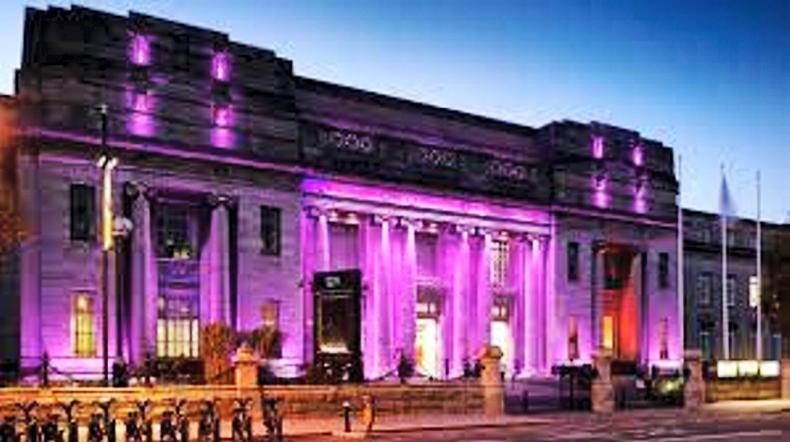


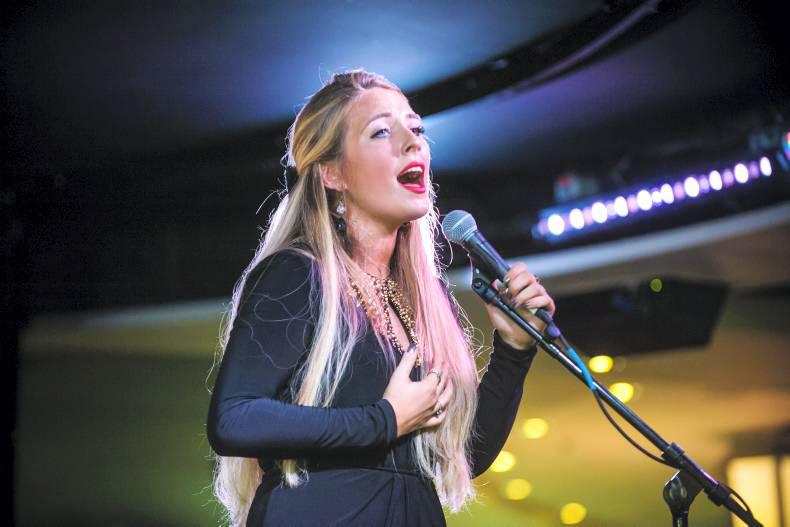
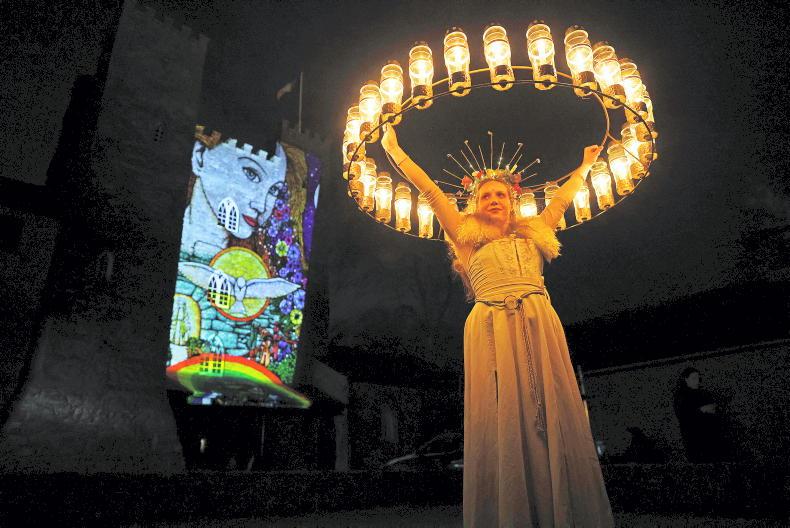
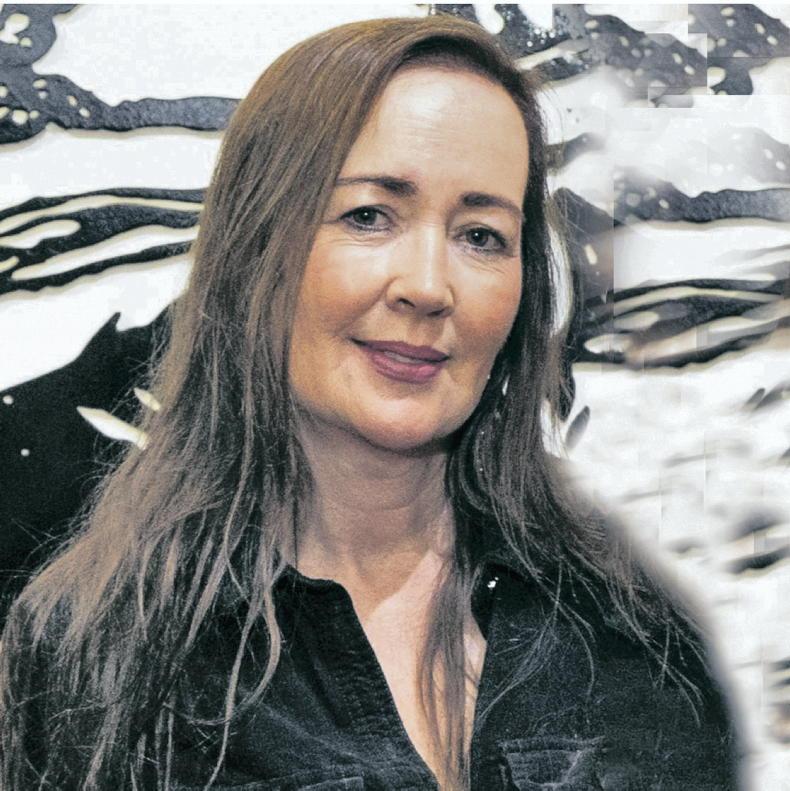
SHARING OPTIONS